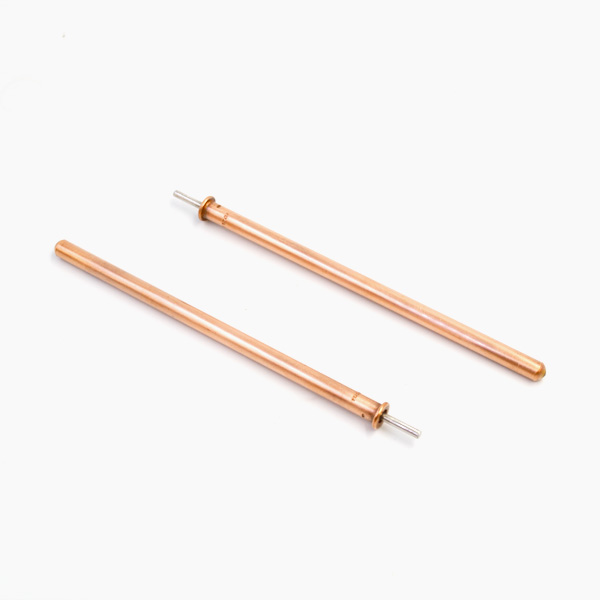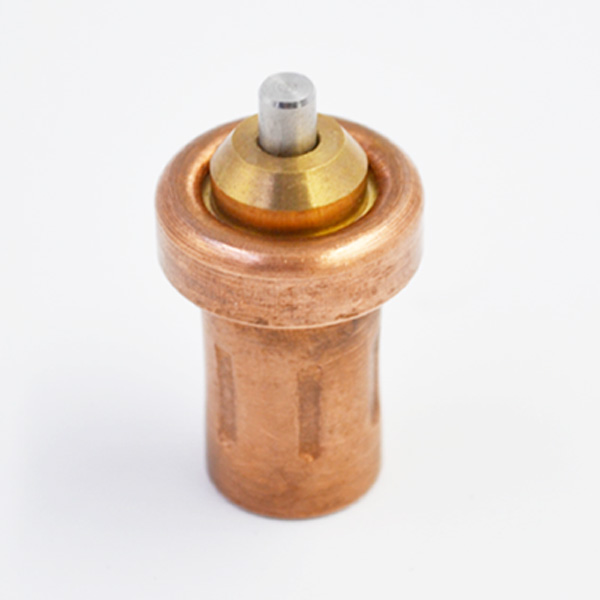With the rapid development of photovoltaic industry in recent years and the breakthrough of key technologies, China’s position in the global photovoltaic industry will become more and more important in the future. Batteries, as energy storage devices in photovoltaic power generation systems, play the role of power supply when the system discharges. This paper provides a comprehensive system for the charge control technology of photovoltaic batteries. The main function of this system is the photovoltaic controller, which is used to improve the shortcomings and limitations of the traditional controller. The photovoltaic controller is based on the maximum power point tracking (MPPT) technology to achieve the fast capture of the maximum power point (MPP); the constant current and constant voltage (CCCV) charging scheme is used to reduce the battery charging time. In addition, it can remotely access all system parameters to achieve monitoring and management purposes. Photovoltaic power generation system itself has the characteristics of high manufacturing cost and low energy conversion efficiency. Its current-voltage (I-V) and power-voltage (P-V) have nonlinear characteristics, so the maximum output power of the system will change with the change of incident solar radiation and weather conditions, especially temperature.
In addition, I-V curve is not easy to locate. Therefore, it must be computed and tracked through a specific computational model, tracking the maximum power point of the process should be very fast to deal with environmental temperature and irradiance changes. Shadow occlusion also requires fast tracking, such as aircraft, trees, clouds, etc., and buildings can partially or totally block the sun, so maximum power points may suddenly and rapidly change. In order to maximize power, the author suggests that photovoltaic arrays should be transferred to batteries, thermostatic element which should use efficient photovoltaic controllers. The photovoltaic controller has three main functions. One is to accurately track the maximum power. The change of power point (MPP) is extremely fast to ensure that the battery components of photovoltaic power generation system work at the maximum power point most of the time. Second, less charging time to back up the relevant data of photovoltaic power generation system. The third is to protect the battery from over charging and under discharging.

The algorithm of photovoltaic controller determines the efficiency of battery charging and the utilization ratio of photovoltaic array, and finally makes the power generation capacity of the system meet the needs of electrical load. In addition, the controller also has the function of automatically recognizing day and night, turning off day and night; if you do not install the controller, you need to set the time manually to control, often need to change the time, because the time of day and night is different in each season. The controller has five load working modes: pure optical control mode, optical time control mode, manual mode, debugging mode and normal open mode. Pure light control is to decide the switch and turn of the load entirely depending on sunlight; light time control is to set the turn-on and turn-off time on the basis of pure light control mode; manual mode is to control the turn-on and turn-off of the load by keys, whether day or night; debugging mode is suitable for system debugging, shutting down the load when there is light signal, turning on the load when there is no light signal; The open mode is that the load remains output. If there is no controller without these functions, it will not be able to achieve different modes of use in different regions. The design goal is to improve the efficiency of photovoltaic power generation system, increase the tracking speed of maximum power point and reduce the charging time of photovoltaic power generation system.

The specific idea is to introduce a new MPPT technology into the solar charger controller, improve the way of tracking the maximum power point, and adopt the dichotomy search technology instead of the original linear search technology.
In the traditional MPPT method, the intelligent charging control system is realized by different strategies, algorithms and methods. The implementation of the photovoltaic controller is divided into three parts: shunt, series, pulse width modulation (PWM) and MPPT photovoltaic controller. Series controllers are connected in series between arrays and batteries using some type of control element. Although this type of controller is usually used in small photovoltaic power generation systems, it is also a practical choice for larger systems. MPPT battery charging controller includes DC-DC converter, which makes the array of photovoltaic battery modules work at the maximum power point. Battery charging control methods are divided into single-stage and multi-stage methods. Constant cur lease charging is a good example of single-stage charging method, while constant current and constant voltage technology is a good example of multi-stage charging method.
Research shows that multi-stage charging is the most effective battery charging technology regardless of battery type. The structure of battery charging controller depends on the type of controller. In series and parallel controllers, it includes some simple switching elements, such as switches of switched relays based on predetermined values. In the PWM and MPPT controllers, the circuit is more complex. A microcontroller is used in the PWM circuit to drive the switch of DC-DC converter. However, MPPT controllers include a controller tracking process that manages the maximum power point and a DC-DC converter. In this paper, several charging control technologies for conventional batteries are presented, and their advantages, disadvantages and limitations are pointed out. A charging scheme using constant current-constant voltage for battery charging is proposed to reduce charging time. In this scheme, a more comprehensive battery life cycle model is introduced for three types of batteries (nickel-zinc, manganese dioxide and valve-regulated lead-acid batteries). The model is helpful for the planning and design of hybrid batteries and the optimization of capacity and cost of photovoltaic energy storage units. The temperature sensor inside the controller can compensate the battery effectively. For example, the normal working temperature of the battery is 20 ~30 C. Once the temperature exceeds 30 C, the controller will automatically disconnect the charging connection, stop charging and reduce the temperature of the battery. When the battery drops to the normal temperature, the controller will automatically connect to continue charging. When the temperature is too high or too low, the battery will explode or not work and the service life will be reduced. The system consists of photovoltaic power generation array, DC-DC boost converter based on microcontroller, battery group, serial communication interface RS232, etc. In order to improve the tracking process, the photovoltaic controller adopts a new MPPT algorithm.
In addition, it uses multi-stage charging algorithm to reduce charging time. The genetic algorithm is used to search and record the specific working conditions of MPP, which is the nearest point of the database, so that the database can be backed up according to the initial records of the actual measurement, and new records can be added in time through it. Each record must maintain the optimum value of maximum power P. The controller uses multi-stage charging algorithm, which is a safe and effective choice. The operation principle is as follows: In the first stage, the battery voltage gradually increases to the preset voltage level, which is called the volume level using constant charging current. When the volume level voltage is reached, the absorption phase begins.
During this stage, the voltage is maintained at the body voltage level for a specific time, while the current decreases gradually. After that, the floating charge phase begins. In order to reduce the voltage to the volume level, the battery absorbs very small current. In this controller, the voltage and current are charged using a regulator circuit. The system of photovoltaic controller consists of VE motherboard, which includes 16F877A microcontroller and LCD. Its main function is to generate PWM pulse and drive switch. The power supply board contains DC-DC boost converter.
According to the model equation of standard boost converter, the input DC-DC boost converter and output parameters are designed. At the same time, the relevant critical values used in photovoltaic controller are designed. The sensor board includes system sensors and circuit elements of peripheral equipment, including temperature sensor LM35DZ, transducer sensor TSL235, panel voltage sensor and battery voltage sensor.

The NAL board is a battery charging current sensor board, which converts the detected current into voltage signal and serves as the input signal to the microcontroller. The power of the S320P36 photovoltaic module is 80 W.
